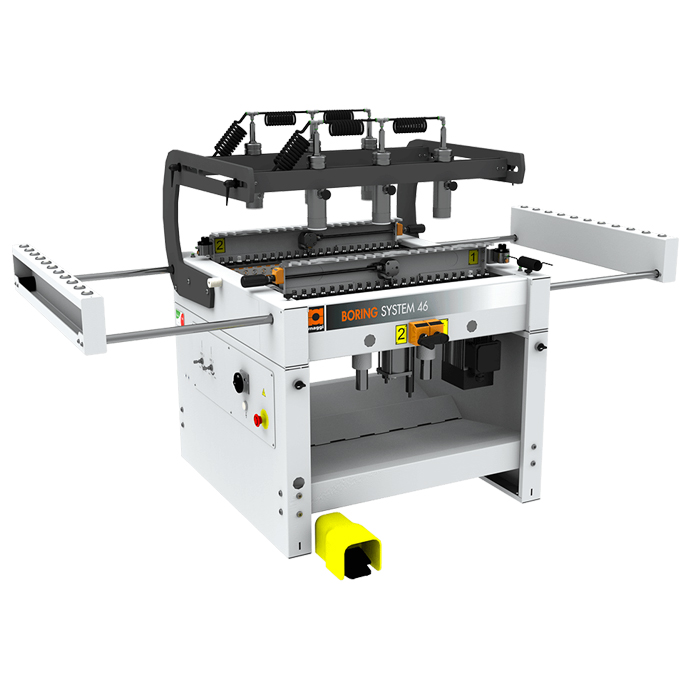Benchtop woodworking machines are ideal for hobbyists, small workshops, and educational institutions due to their compact and portable design. These machines provide essential functionality in woodworking, allowing users to perform a variety of tasks without needing a large workspace. They are particularly suited for those who may have limited room or who require equipment that can be easily moved or stored. In contrast, floor-standing woodworking machines are larger and more powerful, offering a broader range of features and capabilities. These machines are designed for more intensive use, providing increased cutting depth, precision, and durability. They cater to intermediate and professional woodworkers who undertake larger projects and need equipment that can handle heavier stock and more complex tasks efficiently. At the highest end of the spectrum are large-scale woodworking machines, which represent the most powerful and feature-rich options available. Typically utilized in industrial settings, these machines are engineered for high-volume production and advanced operations. They often come equipped with automated features, such as CNC technology, which allows for precise cuts and consistent results across multiple pieces, making them invaluable for manufacturers.
When considering woodworking machines, it’s essential to understand the specific needs of your projects. Benchtop models offer versatility and convenience, while floor-standing and large-scale machines enhance productivity and capability for more demanding tasks. For woodworking enthusiasts, engaging in discussions about woodworking machines—whether through forums, workshops, or guest blogging—can be incredibly beneficial. Sharing experiences and insights on the various types of machines available can help others make informed choices. Topics might include comparisons of specific models, tips for selecting the right machine based on project requirements, and maintenance practices to ensure longevity and optimal performance. In summary, benchtop woodworking machines provide a practical solution for those with limited space, while floor-standing and large-scale machines cater to more extensive and demanding woodworking applications. Understanding the diverse landscape of woodworking machines is crucial for anyone looking to enhance their craftsmanship. By sharing knowledge within the woodworking community, enthusiasts and professionals can promote a culture of learning and innovation, ultimately improving the quality and efficiency of woodworking practices.
 teknowfeed
teknowfeed

